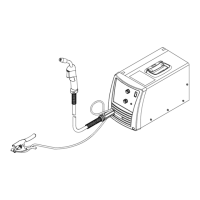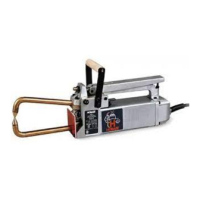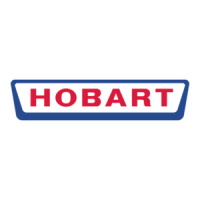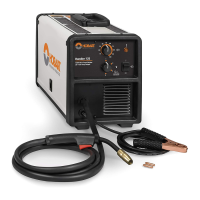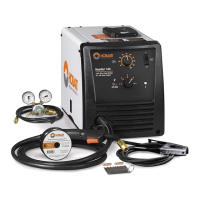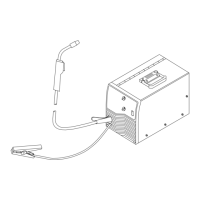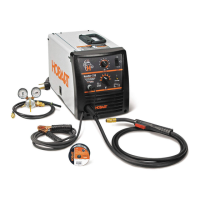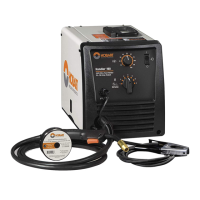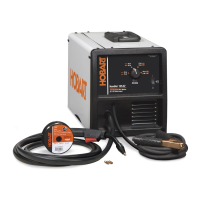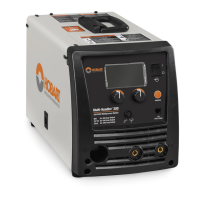What to do if CB1 opens and the Hobart H100S2-10 Welding System shuts down?
- KKaitlyn LutzJul 28, 2025
If CB1 opens and the unit shuts down, you can try the following: Reset the supplementary protector. Also, release the gun trigger and wait until the protection circuit resets, allowing the drive motor to feed wire again.
